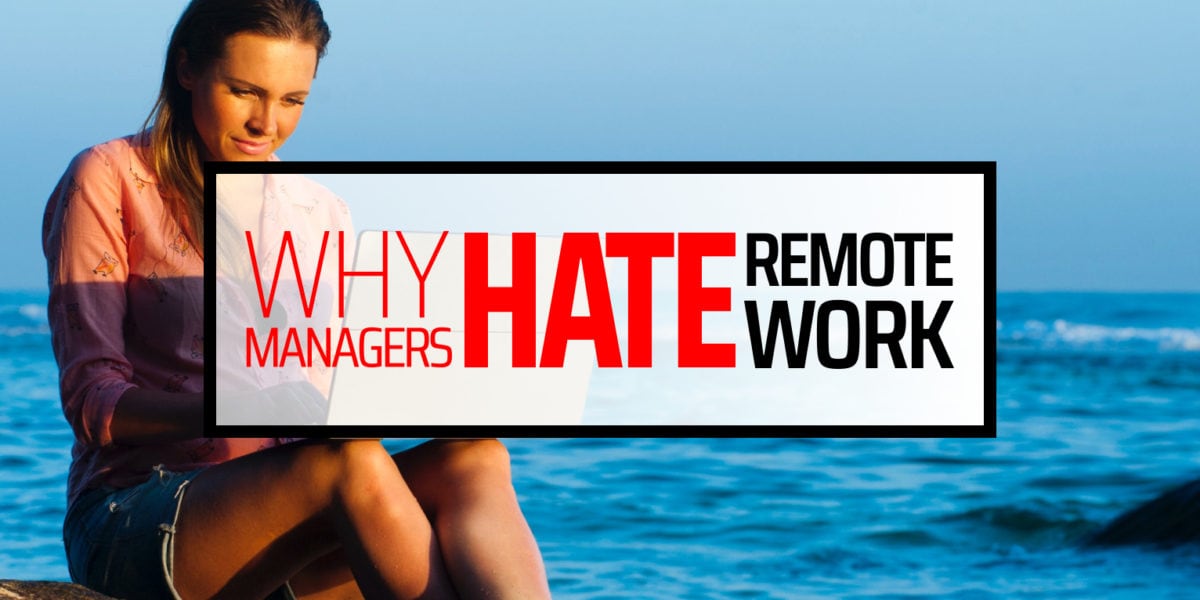10 marbles? Huh?
Let me explain.
Like many of you – I’m now sitting at home (attempting to work) next to my 2 ‘remote school’ kids, my wife with her honey-do-list and every other distraction known to man.
And also like many of you – my workload hasn’t changed. If anything – it’s gone up due to the overall economic chaos.
Importance of Deep Work

In Jan’16 – a professor from Georgetown University named Cal Newport wrote a great book called Deep Work. In this book – he tells a story about an aspiring author that spent $4k to take a same day flight to/from the US-Tokyo to be completely removed from distraction and finish writing a book. Wow – sounds awesome right now.
The overall lesson of Newport’s book is to solve any cognitively difficult problem – you have to spend long stretches of uninterrupted time thinking about the problem. He outlined a great new ‘law of productivity’:
Law of Productivity = Time Spent x Intensity of Work
(Where work is defined as ‘uninterrupted work’ at full concentration)
And since a flight to/from Tokyo isn’t an option for most of us – I needed another way to keep focused – while making it fun.
Pomodoro Technique
The Pomodoro technique was invented by Francesco Cirillo in the ‘80s. The technique basically uses a 25 min timer to ‘deep work’ then take short breaks. Each interval is known as a pomodoro, from the Italian word for ‘tomato‘, after the tomato-shaped kitchen timer that Cirillo used as a university student.

This technique is great – but I found that it needed a bit of updating. It needed some gamification/competition and a larger focus on goals. Also – no disrespect – but nobody really wants a tomato timer on their desk.
Marble Method
The Marble Method is my spin on the Pomodoro technique and involves 10 marbles, 2 containers, and a countdown timer.

The way that it works is super simple.
First, you set the countdown timer to 30 minutes and start working.
During these 30 mins – you do only 1 task.
Let me repeat – only ONE TASK.
You SHUTDOWN email, IM, notification, social media, etc. You move your phone just out of reach. You don’t get up. You don’t go to the bathroom. You don’t go get a drink of water. You don’t do anything that isn’t that 1 task you’ve set to do for the 30 mins. Your only job is to get from 30 mins to 0 mins without losing focus or being disturbed. 1 task only – period.
And believe it or not – I also recommend you don’t even use the internet during these 30 mins. You want to be doing content creation – not research.
You also have the timer clearly visible for anyone passing by so they know not to disturb you (or you just point to it if they forget). They can see the countdown – and know you’ll be taking the short break after – so they’ll wait.
Simple right? Wrong…
It’s crazy hard to stay cognitively focused for the entire 30 mins. When your body comes upon a difficult moment in your task – it looks for an easy escape. It’s super tempting to glance at your inbox, glance at the stock market, or worse yet – pick up your phone (which the average American does 96 times a day).
But the countdown timer helps to visually see where you’re at and motivate you to keep going.
And when you complete that 30 minutes (congrats!) – you celebrate by moving 1 marble from one container to the other. Then take a break, check your phone, grab some water or do whatever. Then figure out when you want to schedule your next marble attempt.
And despite our human intelligence – there is still an amazing Pavlov’s dog response when you achieve a marble. The marbles really motivate you – much like points in a game. You’ll find that you may even get a bit mad if you find that you broke concentration and missed the marble. Just a bit of gamification to make concentration more interesting.
It’s funny now – if I’m a few minutes away from getting a marble – the house literally has to be burning down for me not to finish (even then – I’d probably make a judgment call on the amount of smoke vs time left). My wife and kids now know they better be bleeding if they want to disturb me.
Manager vs Maker Schedule
Now – some of you are saying ‘sure – this works if you’re an individual contributor – but not for managers’.
Not true.
I’m currently the CEO for 14 companies – and I can tell you with certainty – that deep work is critical to guide teams or companies in the right direction. The ‘manager schedule’ isn’t just a series of meetings and endless emails. Your company needs you to produce deep insights on where to take your teams, strategy, changes, etc – not shallow work. Make time for marbles.
I use Workflowy or a simple Word doc for a lot of my marble attempts – and think deeply about specific topics for that entire 30 mins. Perhaps it’s how to make my Customer Success team better, or the next generation of the product roadmap, or budgets, staffing, etc.
When you start this method – you’ll start thinking about your calendar differently. Rather than stare at the meetings – you’ll start noticing the gaps between. You’ll start calculating how many marble attempts you have today and what tasks you want to do in those attempts.
For my ‘manager schedule’ – which unfortunately does have a lot of meetings – I find that a good day is 5-6 marbles and a poor day is 2 marbles.
I still hope to achieve all 10 marbles at work someday – but honestly – I’ve never been able to do it during weekdays (I’ve only reached 10 on weekends – perhaps not healthy work/life balance – I know).
For most of the individual contributors or ‘makers schedules’ – I’ve seen that 10 marbles is a great day and 5 marbles is a poor day. Obviously depends on the person and the role – but I’ve found that team members feel more ‘accomplished’ after a day of achieving 10 vs 5.
Gamification within your team or family
The beauty of the Marble Method is that you can make it a competition – both at home and at work.
I’ve given several of my team members ‘kits’ (which make great gifts, btw) and we now have various team members competing against each other and various teams competing against other teams. I couldn’t be more excited about folks competing on who can be most productive. Judo anyone? :)…

And most surprisingly – my kids have taken to the Marble Method. I find that 30 minutes is just the right amount of time for them to maintain concentration (they’re 11 and 9) on a task. If they can learn the theory of ‘deep work’ at this age – I feel like we’re winning…

Marble Method ‘Kit’
Obviously – you don’t really need to purchase any of this stuff below to do the Marble Method (and I don’t get any commission from Amazon, unfortunately). But for anyone interested – here are the links to what I use:
I’ve also seen folks use coins instead of marbles, phone timer instead of a standalone timer, cups instead of a tray, etc. Anything that can create the same ‘marble accomplishment’ effect is 100% fine.
Conclusion
In this crazy time – where many of us are now working from home with distractions everywhere – finding little methods to maintain your concentration can go a long way.
Hope this little Marble Method can help you and your family…







